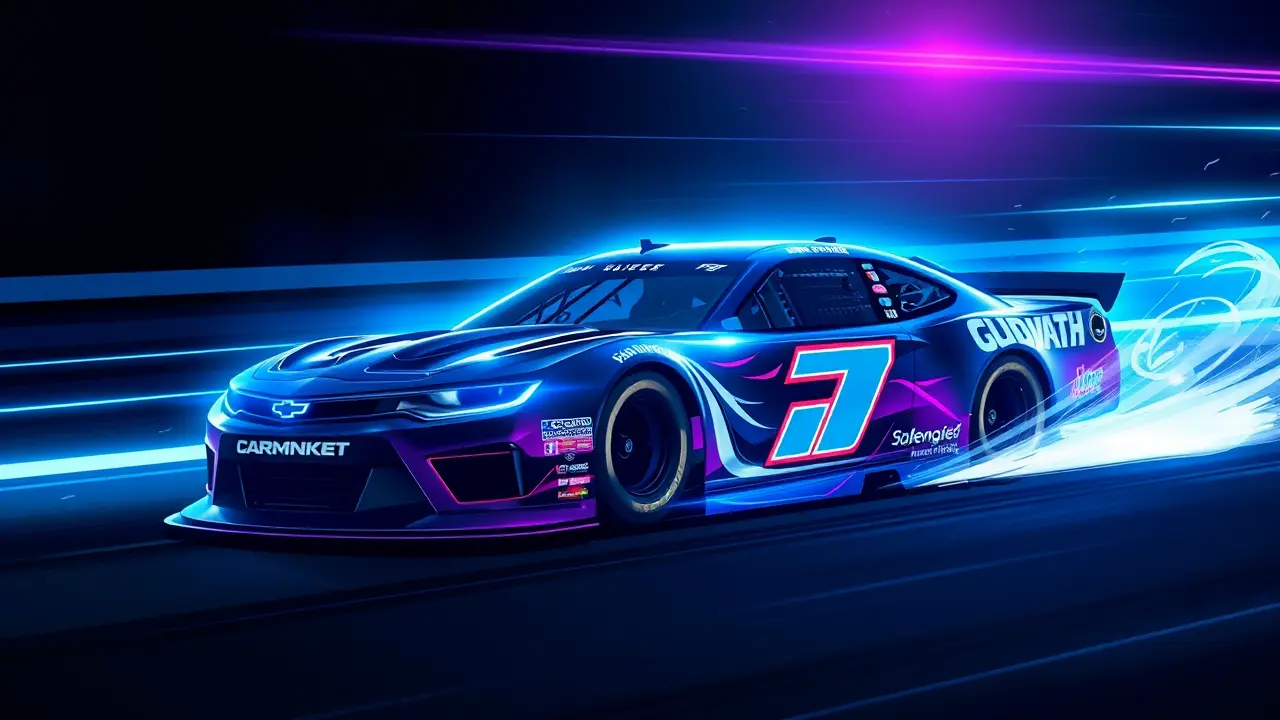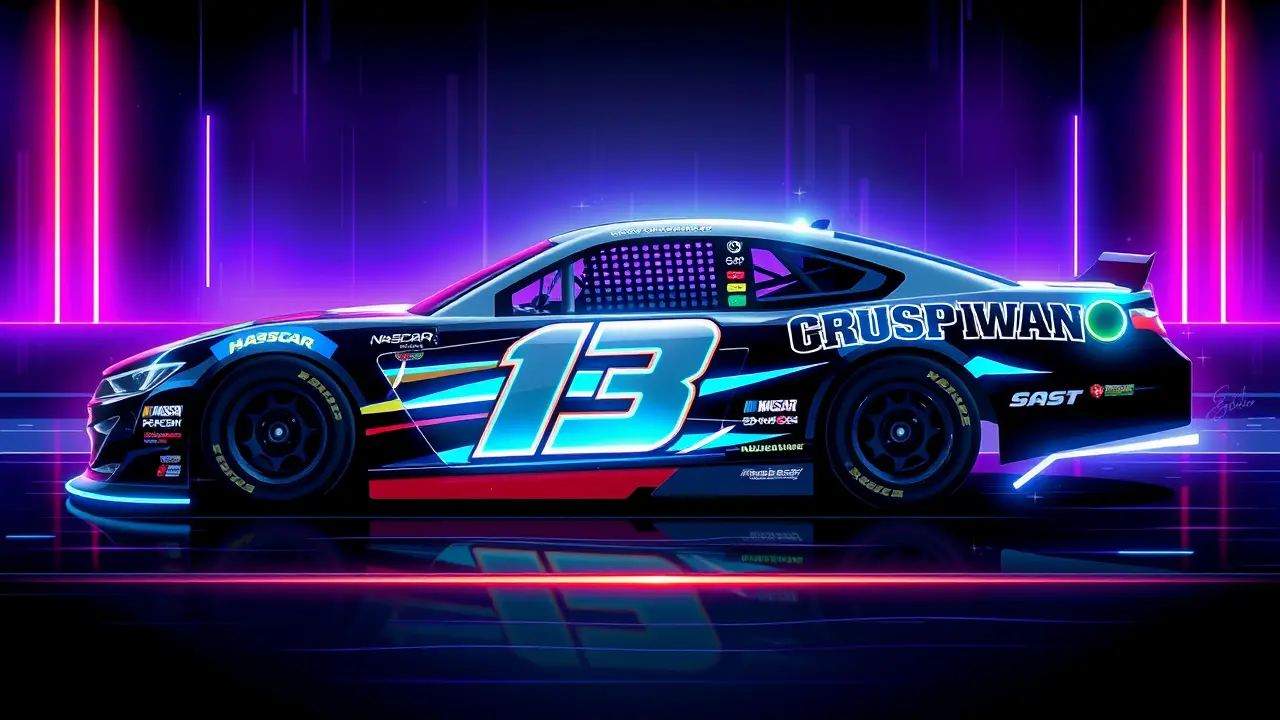
SportmotorsportFormula 1
Haas F1 Team Denies Plans for Kalle Rovanpera.
JA
Jack Turner
1 day ago7 min read
In a move that has sent ripples through the motorsport world, Haas F1 Team Principal Ayao Komatsu has firmly shut down any speculation linking two-time World Rally Champion Kalle Rovanperä to the American outfit, delivering a blunt 'no, we are not planning such a thing' when questioned about the Finnish phenom's potential pathway to Formula 1. This decisive statement throws a significant bucket of cold water on what many had hoped would be a thrilling crossover narrative, reminiscent of past legends who successfully transitioned between racing disciplines, and forces a critical examination of the immense challenges facing even the most decorated rally driver attempting to scale the pinnacle of single-seater racing.Rovanperä, the prodigious talent who dominated the World Rally Championship with Toyota, has already set his ambitious plan in motion, confirming his departure from rallying after this season to embark on a daring career pivot into Japan's Super Formula, a series renowned for its high-downforce cars that serve as a crucial proving ground for F1 aspirants, with a clear-eyed objective: succeed there, advance to the Formula 2 feeder series, and ultimately secure a coveted seat on the F1 grid. The logical connection to Haas stems from their deep technical partnership with Ferrari and the theoretical possibility of collaboration with Toyota, given Rovanperä's existing ties, potentially facilitating a Test of a Previous Car (TPC) session to evaluate his adaptability.However, Komatsu's subsequent comments were even more revealing, systematically dismantling the notion; when pressed on whether the timing was simply premature, he clarified, 'We don't have any plans at all. [Toyota's interests] are not our concern,' highlighting a stark operational reality for a midfield team like Haas, which operates with a lean budget and a razor-sharp focus on immediate performance and survival in the relentless F1 constructors' championship.He did concede that 'if he turns out to be good, that's great,' and acknowledged the 'serious difficulties' such a transition entails, leaving a sliver of strategic ambiguity by noting it's 'good that we have access to him if he turns out to be quick,' a classic piece of team principal pragmatism that keeps a door slightly ajar without making any promises. This situation underscores a fundamental truth in modern Formula 1: raw talent from other series, no matter how spectacular, is often insufficient without the specific, honed skills, extensive single-seater mileage, and, most critically, the substantial financial backing or long-term development program that teams now demand.The path to F1 has become a hyper-specialized gauntlet, typically navigated from a young age through the rigid Formula 4 > Formula 3 > Formula 2 pyramid, making Rovanperä's proposed jump from the loose-surface, car-control mastery of rallying to the precise, aerodynamic-dependent world of F1 a monumental task akin to a world-class tennis star trying to win Wimbledon in their thirties after switching from basketball. History offers few successful precedents; while drivers like Mario Andretti demonstrated versatility across disciplines in a bygone era, the technological and physical specificity of contemporary F1 cars creates a steeper learning curve than ever before.For Haas, a team perpetually balancing the tightrope of financial constraints and competitive ambition, investing a precious TPC day and engineering resources into a high-profile experiment carries significant opportunity cost, diverting focus from their primary task of developing their current car and nurturing their existing driver lineup of Nico Hülkenberg and Kevin Magnussen. Komatsu's stance is therefore not just a dismissal of one driver's dream but a reflection of the cutthroat calculus required to compete in today's F1, where every decision is weighed against its potential to deliver immediate points and where romantic narratives of cross-discipline conquest are often sacrificed at the altar of cold, hard performance data and budgetary reality. Rovanperä's journey will now be intensely scrutinized; his performance in Super Formula will be the true litmus test, determining whether he can generate enough momentum to force F1 teams, including a potentially reconsidering Haas, to truly integrate him into their 'current plans' or if this bold ambition will remain one of motorsport's great 'what if' stories.
#Haas F1
#Ayao Komatsu
#Kalle Rovanpera
#Toyota
#driver market
#featured
Stay Informed. Act Smarter.
Get weekly highlights, major headlines, and expert insights — then put your knowledge to work in our live prediction markets.
Related News
Comments
It’s quiet here...Start the conversation by leaving the first comment.
© 2025 Outpoll Service LTD. All rights reserved.

